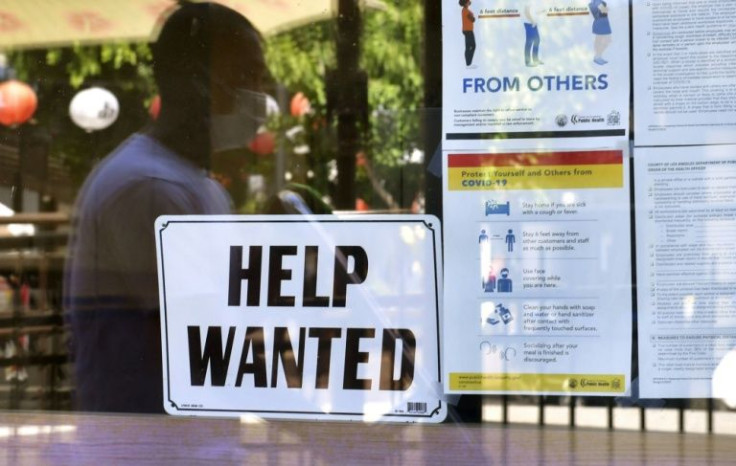US Economy Adds 431,000 New Jobs In March But Fails To Meet Higher Expectations

The March U.S. nonfarm payrolls report released Friday showed job creation for the month fell below expectations.
The economy added 431,000 jobs. This was well below the 490,000 that was projected by forecasts. The unemployment rate fell to 3.6%, a slight drop from the 3.8% recorded in February.
According to the Labor Department, the highest employment gains were recorded in the leisure and hospitality sector which saw 112,000 jobs created. It was followed by professional business services with 102,000 new positions, retail with 49,000 jobs and manufacturing with 38,000 positions.
Dan North, senior economist at Allianz Trade North America, said about 90% of jobs lost to the COVID-19 pandemic have been recovered as of February, but predicted the March numbers would bring this figure close to 93%. Where the focus should be, North added, is on the labor force participation rate.
The Labor Department estimates that the participation rate stands at 62.4%, a small hike from the 62.3% that was recorded in February. But there are still signs that the labor shortage persists. On Tuesday, the department released its Job Openings and Labor Turnover Survey (JOLTS), which found the overall number of quits reached 4.35 million in February.
"We will continue to keep an eye on the participation rate which has climbed steadily over the past few months, but still has a ways to go to get back to pre-pandemic levels," North told International Business Times in an email.
Inflation has continued to rise as a result of ongoing supply chain disruptions as well as higher food and energy prices and economic uncertainty related to the war in Ukraine.
This has all prompted the Federal Reserve to act by raising interest rates to combat inflation. After raising rates in March, Fed Chairman Jerome Powell has promised to act more aggressively if the central bank determined bigger hikes were needed. In a sign that this may come to pass, the Fed’s preferred inflation metric, the personal consumption and expenditures (PCE) index, rose 6.4% in February, its highest level since 1983.
© Copyright IBTimes 2024. All rights reserved.




















